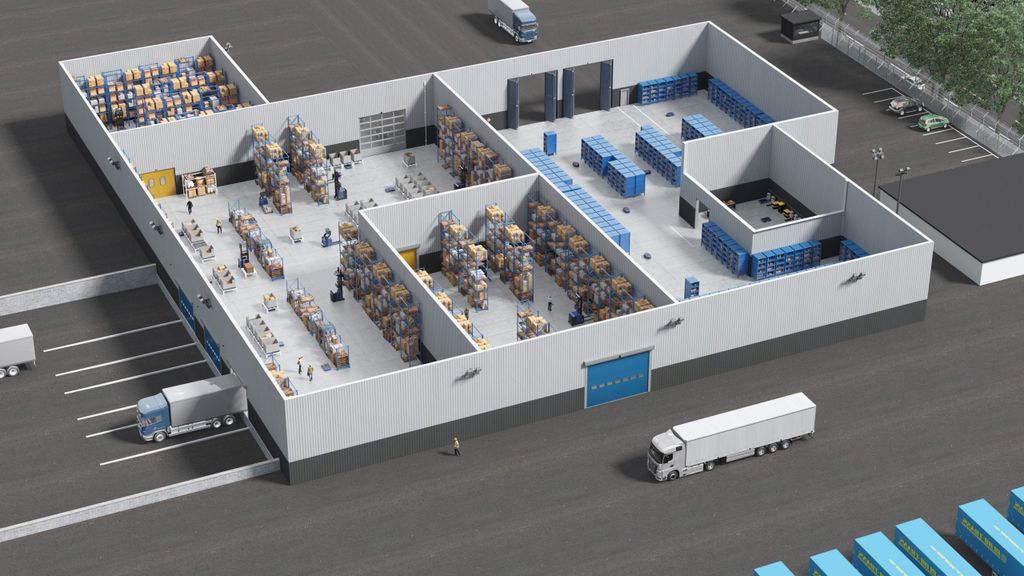
Factory & Logistics Automation Solutions
Factory & Logistics Automation Solutions
Autonomous Robots
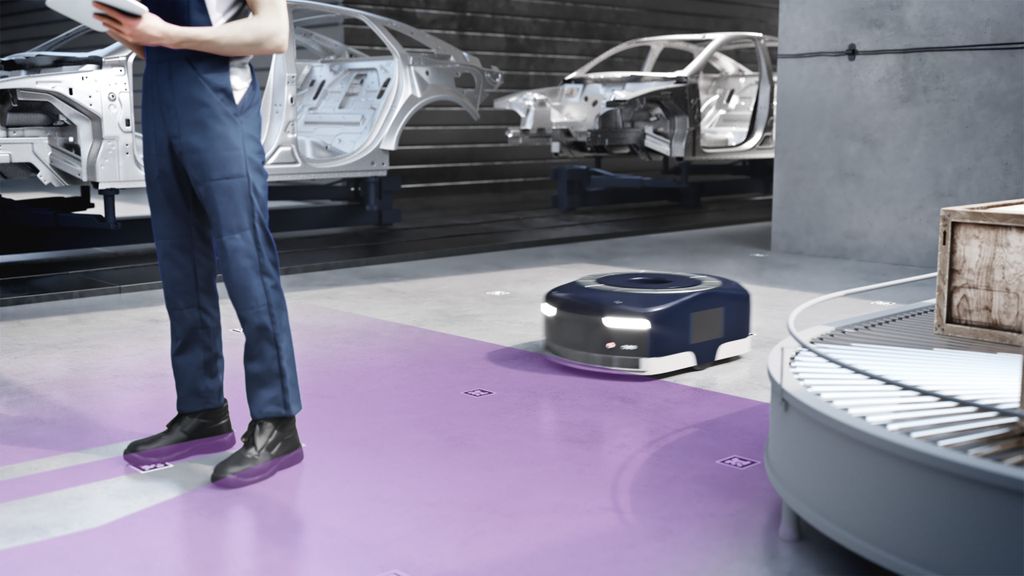
Automated Guided Vehicles
Laser sensors ensures the reliable detection of obstacles in the AGV’s path, protecting both equipment and people from collision with mobile robots running in the factory or warehouse, to enhance operational productivity.
Learn more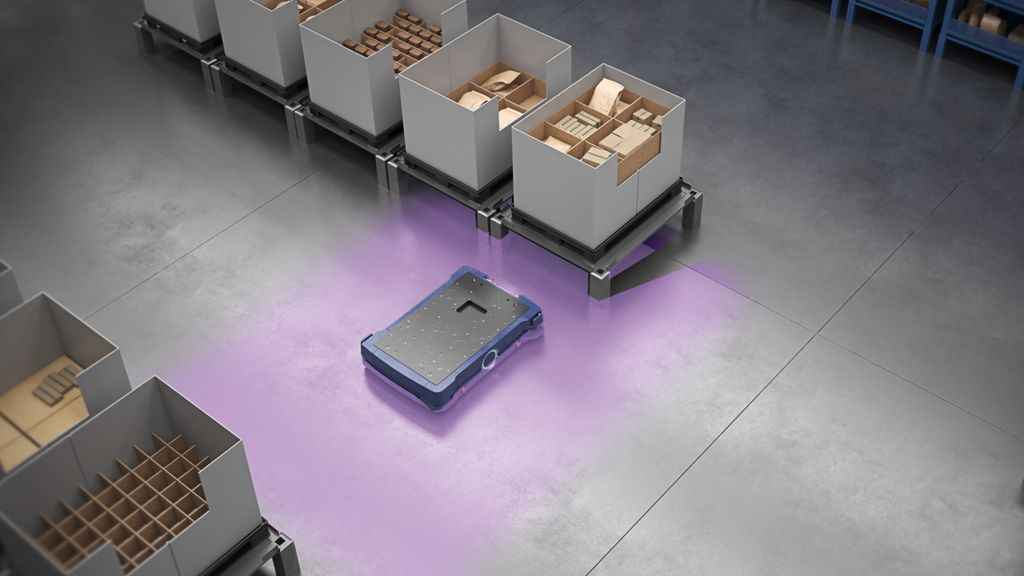
Autonomous Mobile Robots
Laser sensors provide AMRs with reliable distance measurement data, enabling AMRs to perform natural/SLAM navigation, and flexibly adjust its path to avoid collision with people or objects by accurately perceiving any obstacles.
Learn more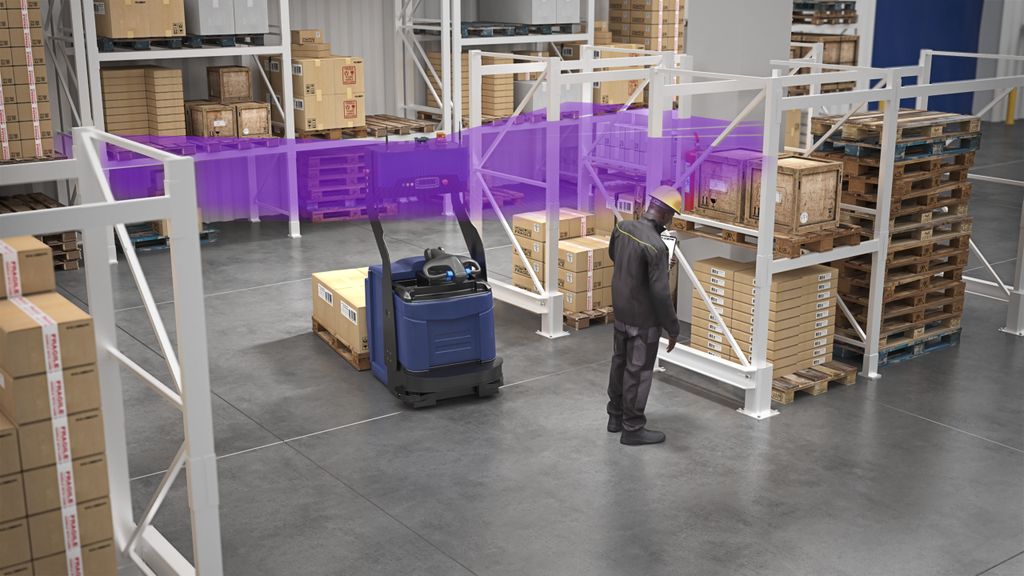
Automatic Forklift
Laser sensors provide automatic forklifts with reliable distance measurement data, enabling automatic forklifts to accurately position itself and perform natural/SLAM navigation within factories and warehouses, and preventing it from colliding into people or obstacles.
Learn moreTraffic & Transport Solutions
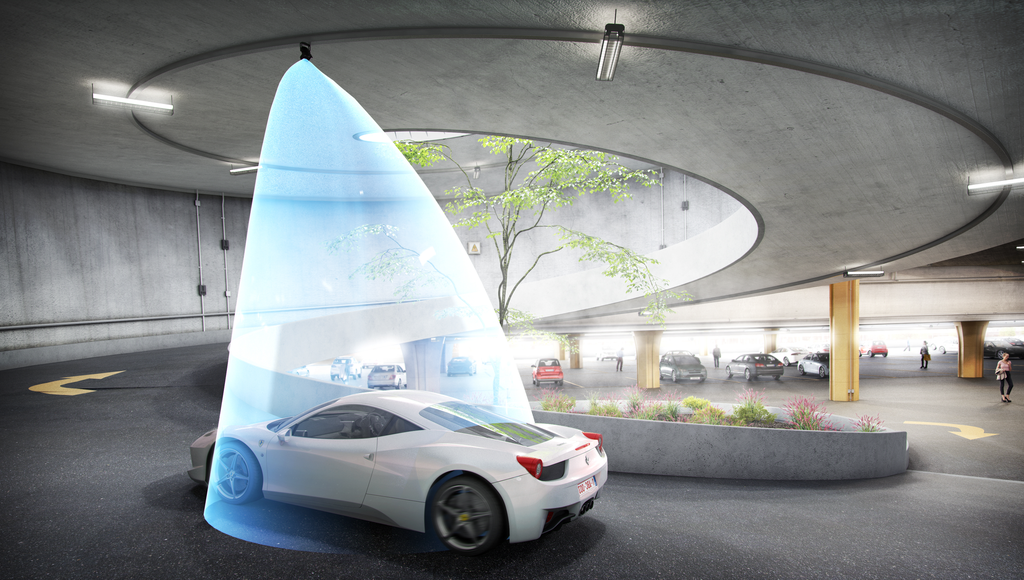
Parking Solutions
Parking applications utilize sensor technology in several manners to improve overall safety, security and efficiency. Pairing a parking gate with the precision of a laser-based sensor keeps a gate from accidentally shutting on a car within the closing path of the gate. Sensors can be used to count vehicles within the lot, helping identify empty spaces or unauthorized vehicles. They can also be used to trigger cameras for license plate recognition
Learn more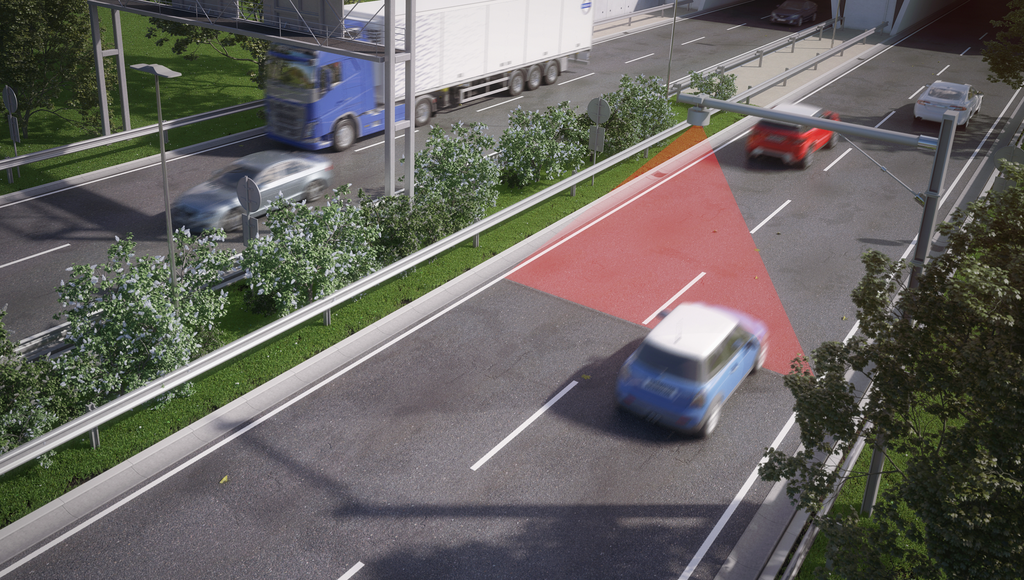
Traffic & Toll Gates
Traffic & Toll Gates are used to regulate or restrict the flow of traffic and in some cases collect fees. Sensing technology creates a layer of safety for these gates, preventing unwanted contact between the gate and vehicle. Laser-based sensors can effectively and precisely scan a vehicle and identify distinguishing characteristics (size, profile, axel count) to determine the make, model or type. This information can then be used for toll assessment, emergency access or other vehicle classifications that help streamline operations in high-traffic areas.
Learn more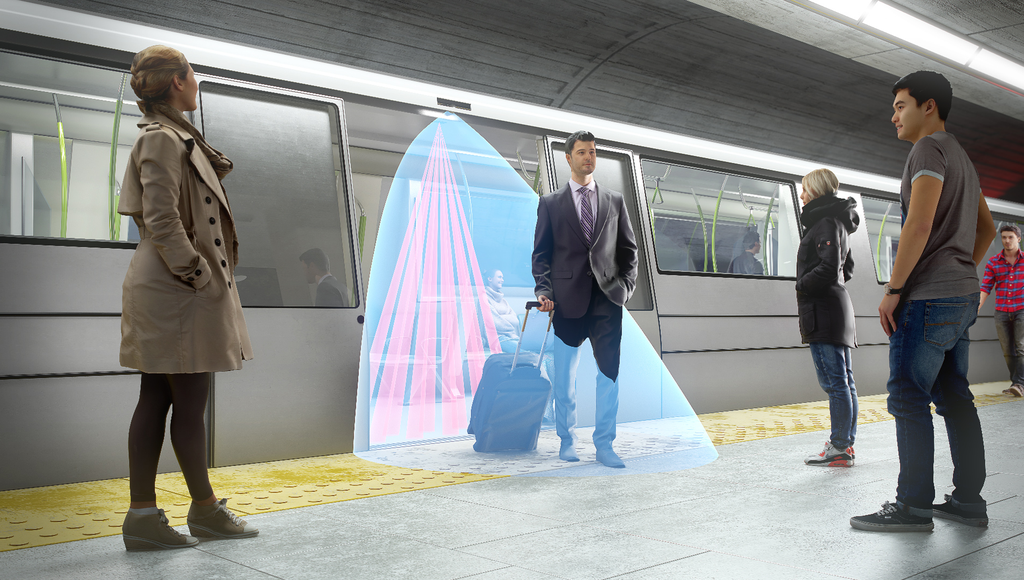
Train, Tram & Subway Doors
Train, Tram & Subway Doors enable entry and exit from a train, tram or subway car; as well as the movement between multiple cars. BEA sensors can be used to enhance safety on these doors in busy terminals and on cars, preventing the automatic door from shutting on a person not fully boarded. When a train, tram or subway car approaches a stop, sensors can also be used to detect pedestrians standing outside and signal the door to open.
Learn more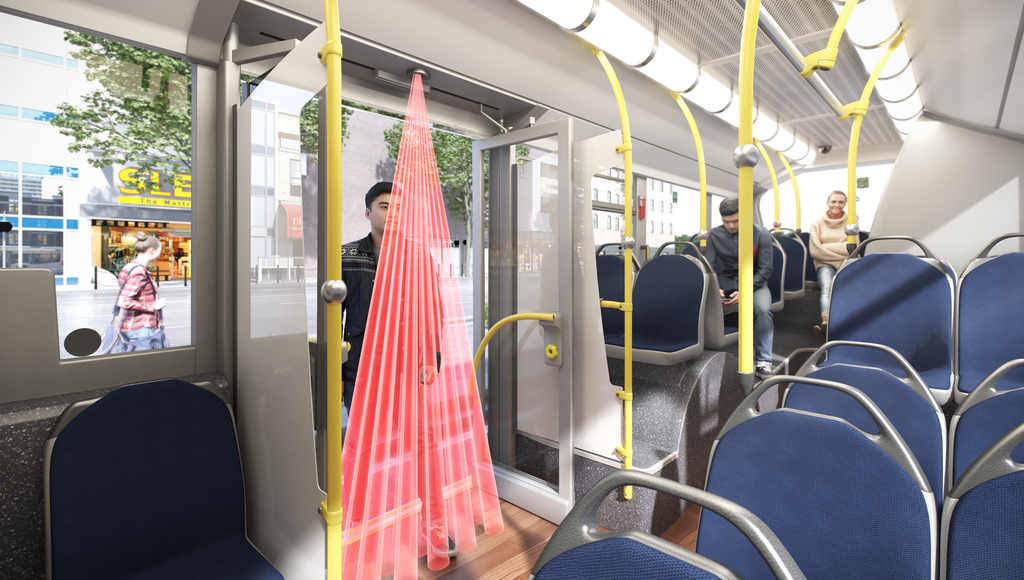
Bus Doors
Bus Doors utilize sensing technology to protect pedestrians during the boarding process, ensuring that a door does not close on a person who has not fully entered the vehicle. Sensors can also be used to detect pedestrians waiting to board a bus, opening the door when the vehicle has stopped and is ready to board.
Learn more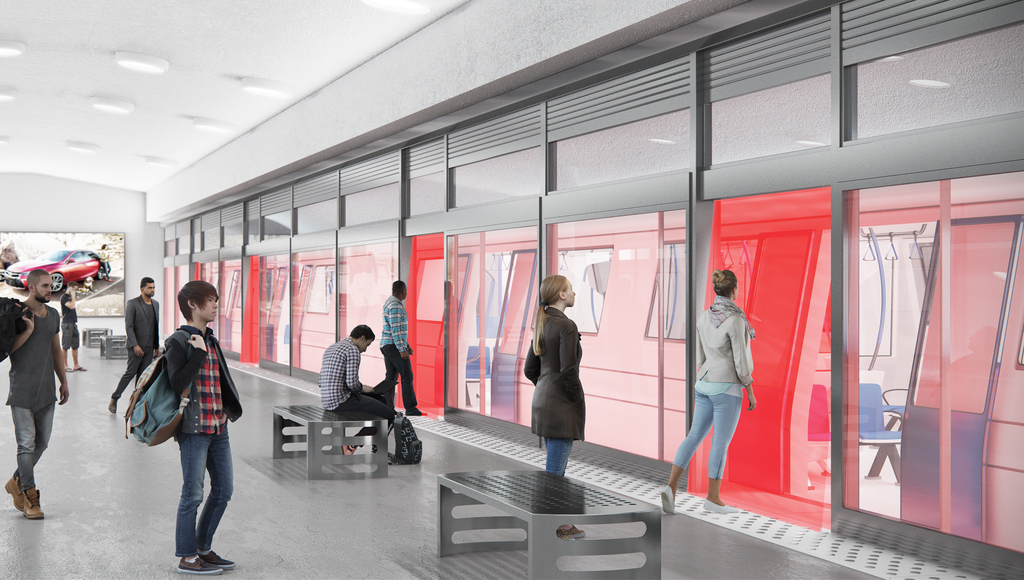
Platform Screen Doors
Platform Screen Doors protect both pedestrians and equipment during the boarding process in transportation terminals. BEA sensors provide targeted monitoring of the area between the platform screen door and the vehicle, helping to prevent accidental entrapment when a door closes prior to departure. This type of detection must be extremely accurate and BEA’s laser-based sensors create precise curtains that monitor these areas.
Learn more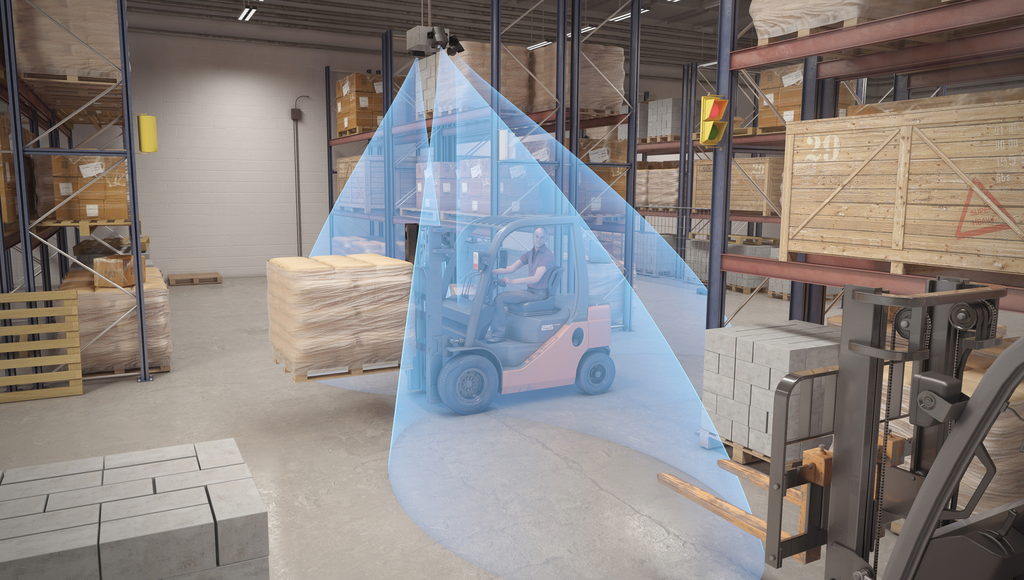
Warehousing
Warehousing is a general term used to describe the people, product and traffic moving in, out and through a warehouse. As these operations can be fast-paced and potentially dangerous, it is important to incorporate sensing technology to streamline workflow, improve access, maximize safety and safeguard resources. Loading docks, inventory rows and areas with heavy forklift traffic benefit from the added safety provided by BEA’s Warehousing solutions, which include activation sensors, safety sensors, access control products and warning light indication.
Learn moreAsset Protection
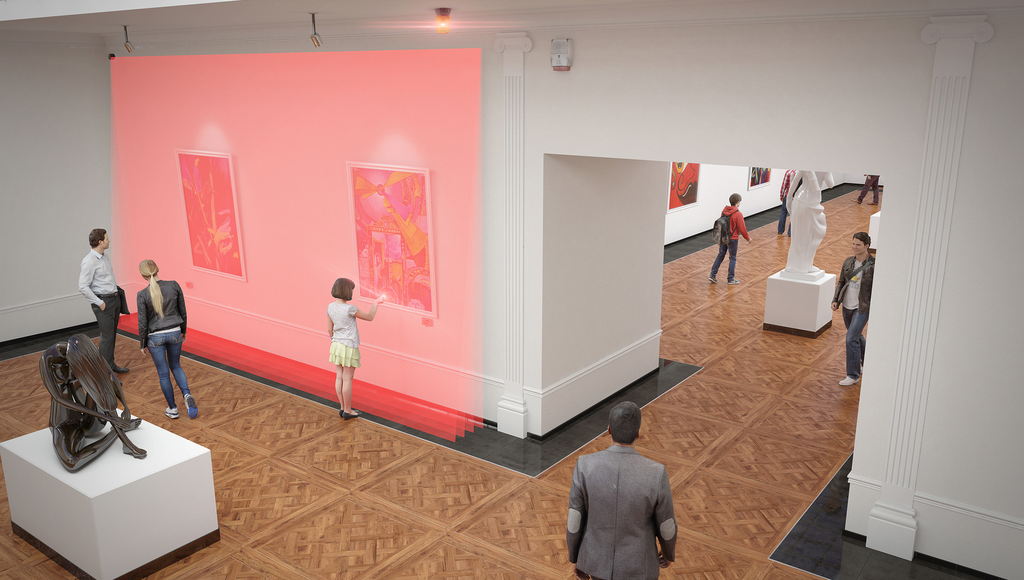
Artwork Protection
Artwork Protection utilizes BEA sensors to monitor exhibition halls, galleries, monuments or other priceless work. The sensors create precise fields that, if penetrated, signal an alarm or other measures necessary to protect the art. It is important that the sensors do not damage or deteriorate the artwork and are also independent of ambient lighting conditions.
Learn more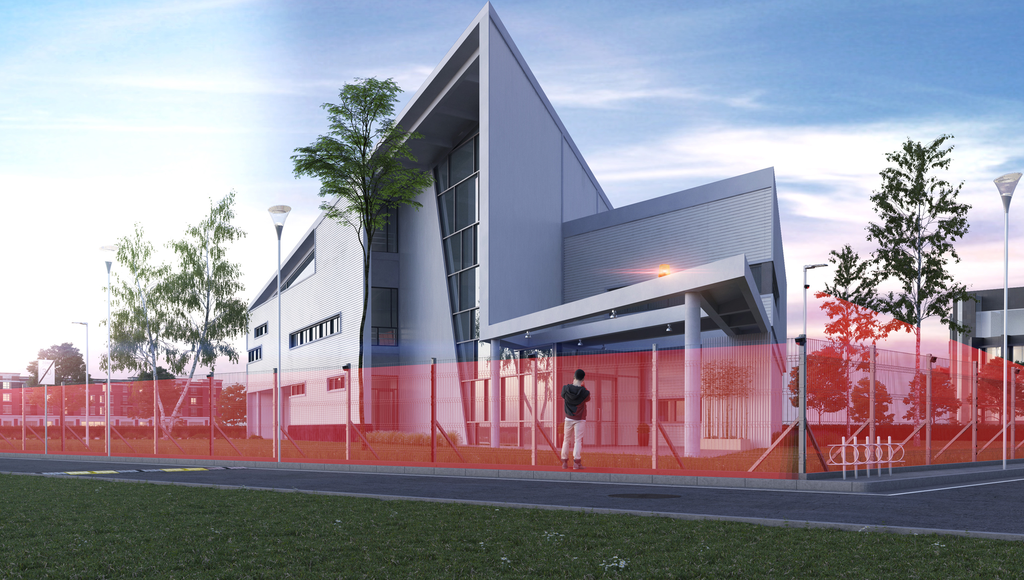
Perimeter Protection
Perimeter Protection involves the placement of sensors to create a secured area. If the area is compromised, the sensors that will activate an alarm. Perimeter Protection can include the monitoring of a building, property or other space with a designated perimeter.
See all our segments
-
-
Doors & Windows
-
Security & Access Control
-
-
-
Doors
-
Gates & Barriers
-
-
-
Autonomous Robots
-
Traffic & Transport Solutions
-
Asset Protection
-